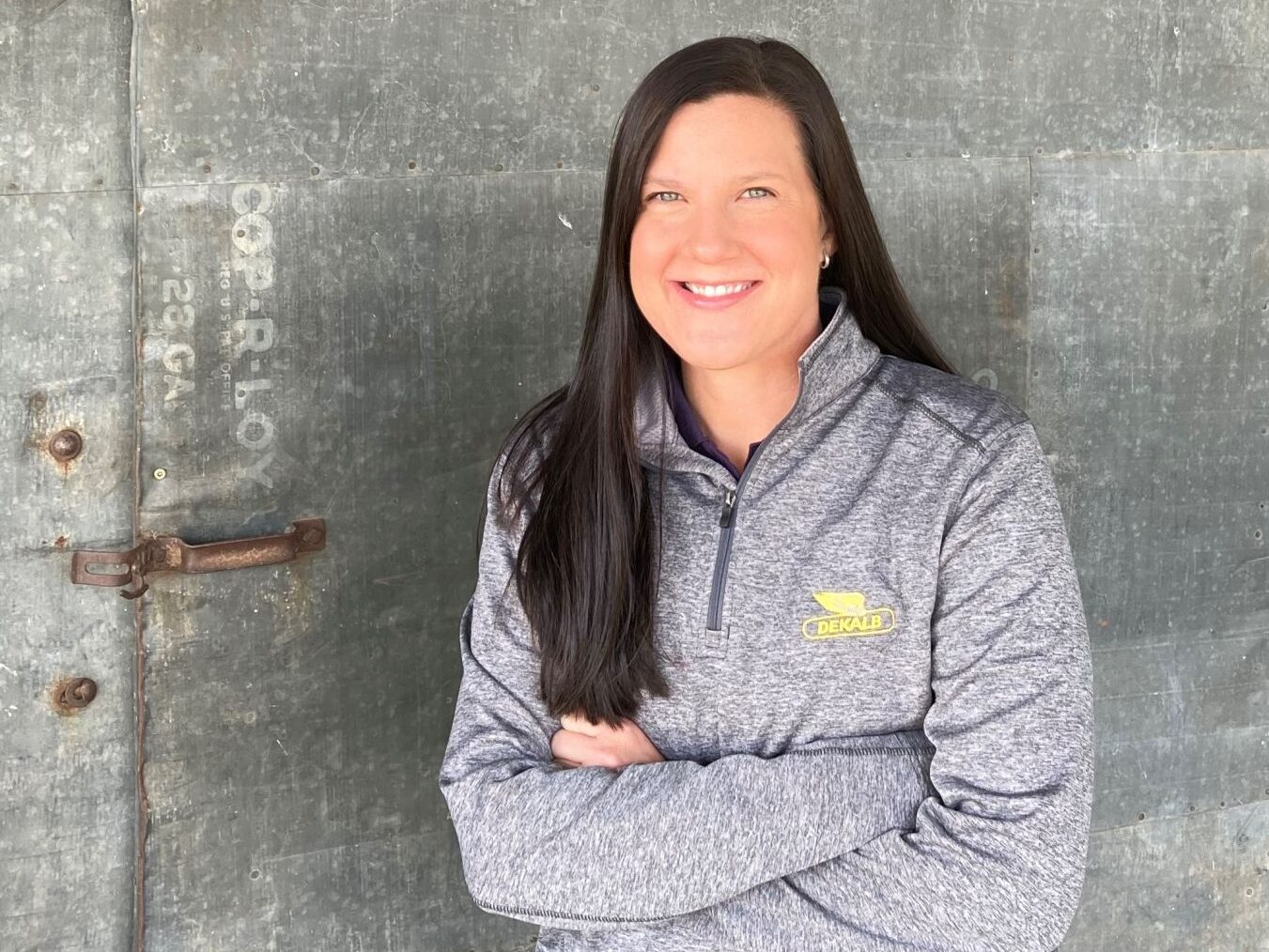May could prove to be a turning point for many growers in the western Plains.
Holly Thrasher, a technical agronomist with DEKALB Asgrow whose territory includes the central Plains, said growers were able to apply herbicides and fertilizers, particularly in many parts of western Kansas, knowing they did have moisture at the top level of their soil profile.
“Compared to the end of April there was great improvement in May,” she said. Some farmers were not able to get into fields as early as they wanted to and those who liked to plant early faced a cold snap. While fields received some moisture in the beginning of April and a significant reduction in the D3-D4 drought status, crops were still not reaching the growing degree units needed.
By the end of May conditions improved and while irrigators were able to get their corn and soybeans planted it took some catch up time for dryland acres. Sorghum producers were also racing to get their crops planted by the end of June.
Growers faced some blows from Mother Nature as a band of harsh storms hit areas in southwest Kansas with winds and hail, she said in late June. “There seems to be narrow pocket but there were decisions to be made on replanting,” Thrasher said.
Farmers, particularly in the past two years, have faced extremes, and farmers with multiple strategies to face various scenarios have been able to adapt quicker than their counterparts, she said.
High winds in recent years have also blown weed seeds, such as kochia, throughout the region and that adds to the complexity of weed control, Thrasher said. Controlling the weed seed bank is important to combatting a current year’s weed crop and the ensuing years.
Even in the dryland wheat acres rains have also created an opportunity for rapid weed growth particularly kochia and Palmer amaranth. Wheat growers who planned to harvest their crops have been forced to apply pre-harvest herbicides as weeds continue to create challenges. Once harvested, those acres will continue to need a weed management strategy to minimize the weed seed bank for future crops.
“I have seen some good controls in place. We have done some things right and with the right amount of herbicide being applied,” she said.
“I think the key is to look at opportunities and be proactive,” she said. “Compared to the eastern Corn Belt we have been handed a pretty nice gift (with the unexpected rainfall.)
Many of the irrigation passes in June were primarily to apply fertigation.
This year, in comparison to last year, will provide growers who have spring planted crops with more opportunities to maximize yields. In 2022, growers had no choice but to be conservative because of heat and drought as even irrigators faced lower yields.
“My mindset on irrigated acres (this year) is to be proactive and be vigilant with scouting weed and disease pressure,” she said. “Apply fertilizer to maximize yield potential.”
Her recommendation is for growers—even if they had to replant crops because of hail or wind damage—to stay proactive and apply fungicides to protect against diseases. The weather has provided an ideal environment for many foliar diseases to develop such as gray leaf spot and Northern corn leaf blight. Diligence in protecting yield potential from yield limiting diseases will be important this year.
A properly timed foliar fungicide around the tasseling growth stage is important when managing corn disease and can greatly improve plant health.
“Bayer remains committed to bringing the latest exclusive genetics from DEKALB corn, as well as crop protection and disease modeling to assure the best systems-based solutions to manage disease and maximize potential performance. I recommend Delaro Complete fungicide. It has three modes of action to help provide improved plant health and consistent yield protection from major corn disease. Begin scouting fields for foliar disease symptoms throughout the growing season and through grain fill. Rapid grain filling occurs from R2 (blister) to late R5 (full dent). Examine the ear leaf and leaves above and below the ear at several locations throughout a field. If disease is present above the ear leaf on a majority of the leaves, a fungicide application may be necessary.”
Thrasher said her customers are more optimistic about this year compared to 2022 and she said she hopes they can continue to use practices they can control to have a more profitable 2023. While each year brings new and different challenges it also brings new and different opportunities, she said. The past few months and the rainfall received have provided an incredible amount of relief for growers.
Dave Bergmeier can be reached at 620-227-1822 or [email protected].




